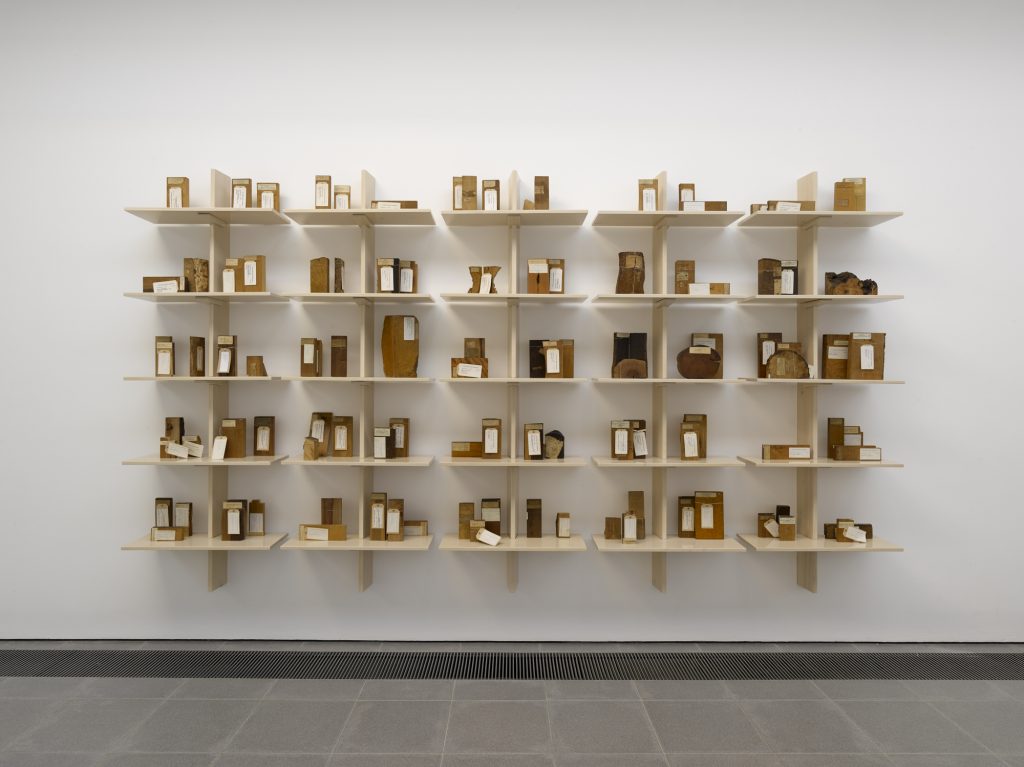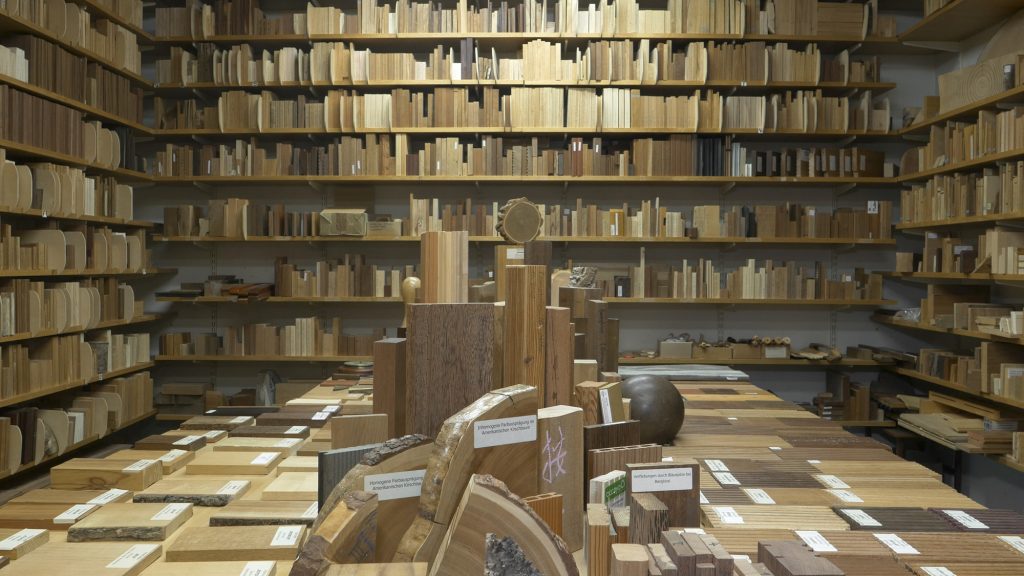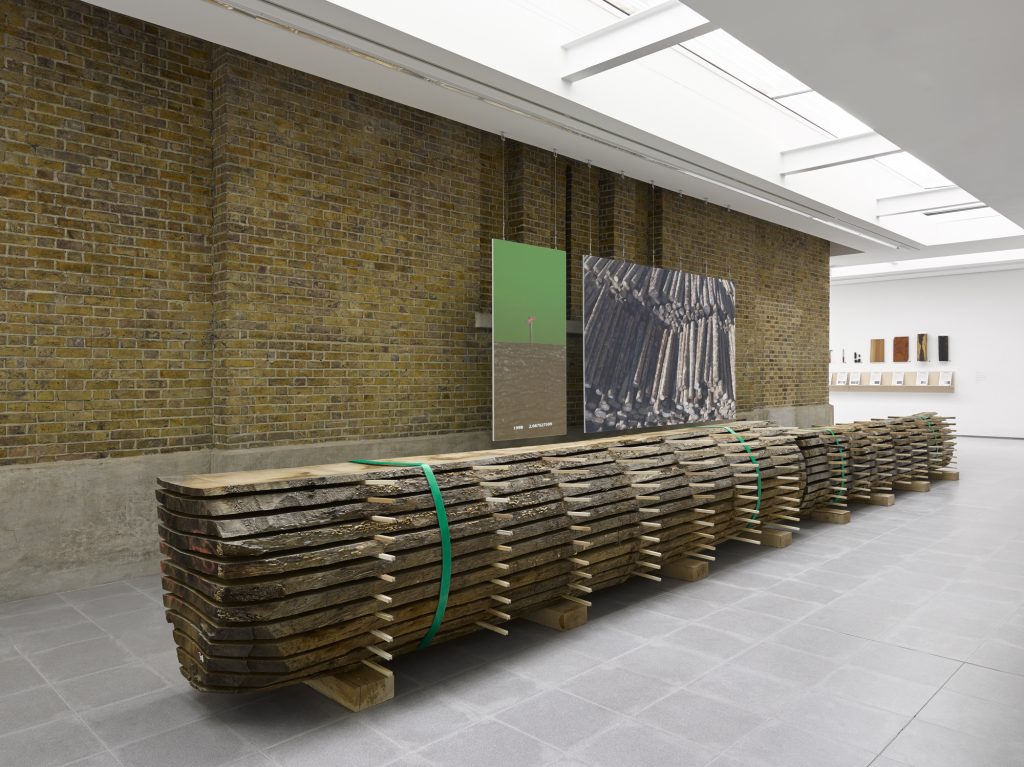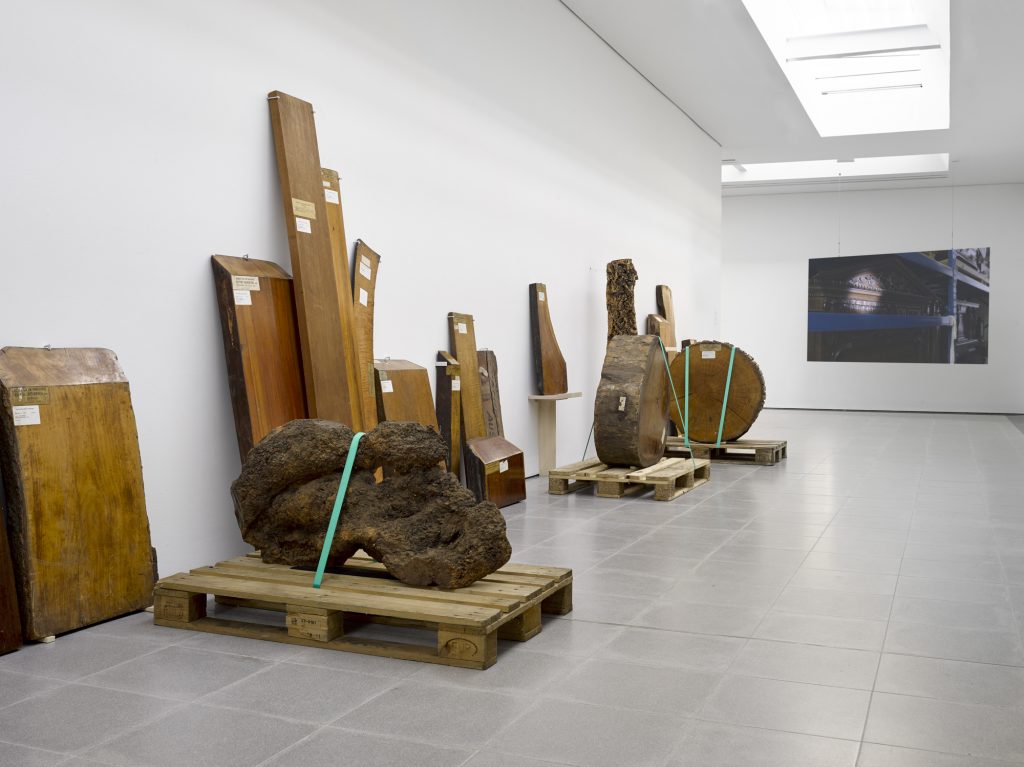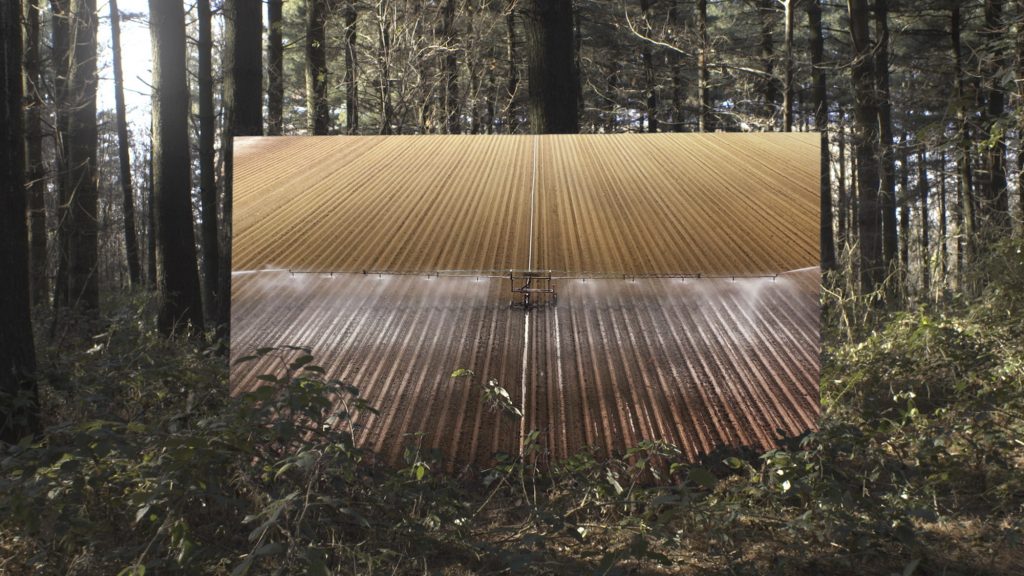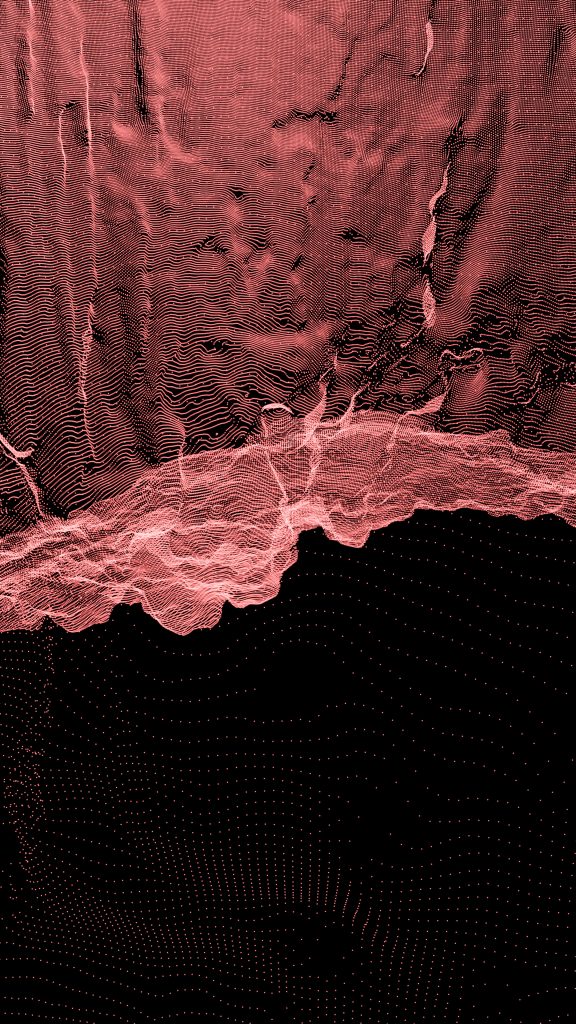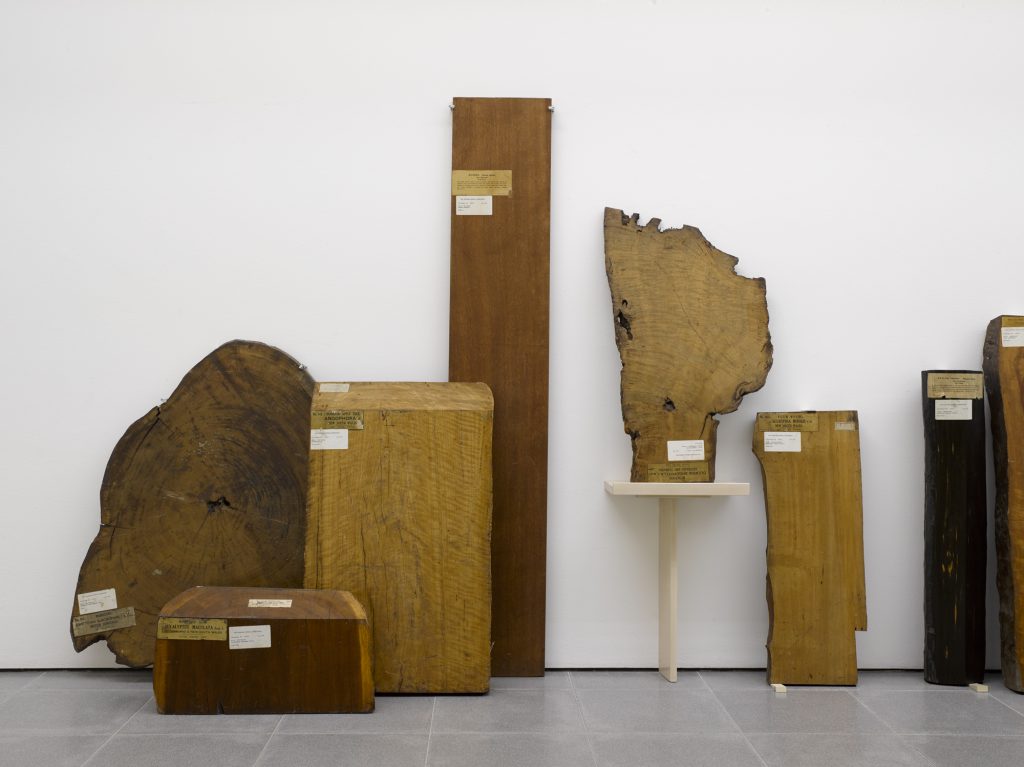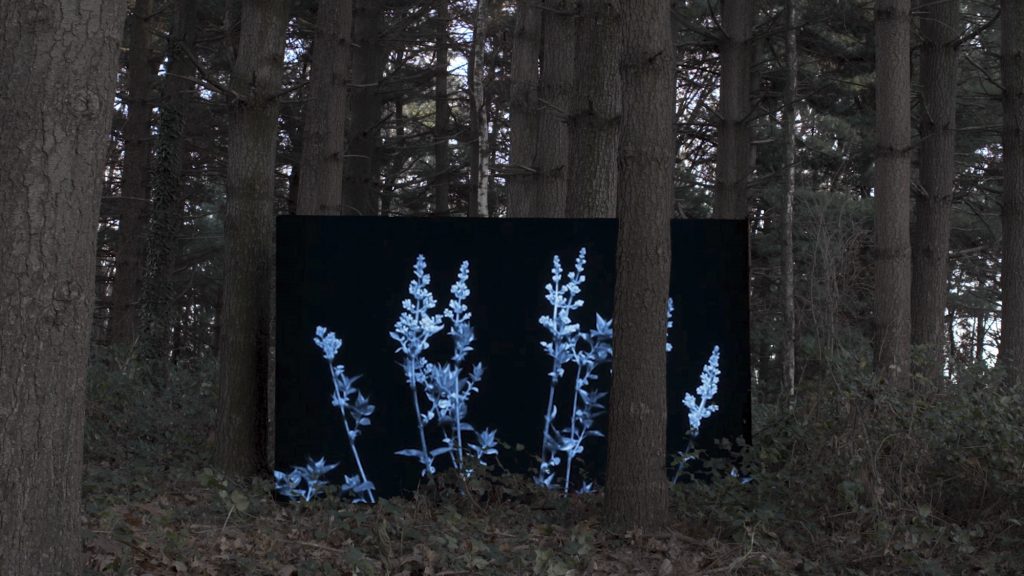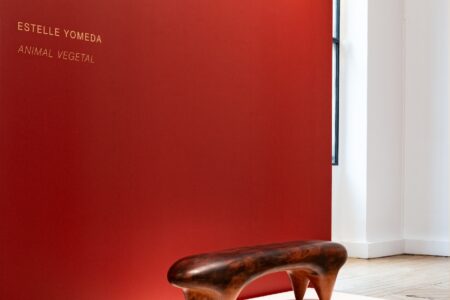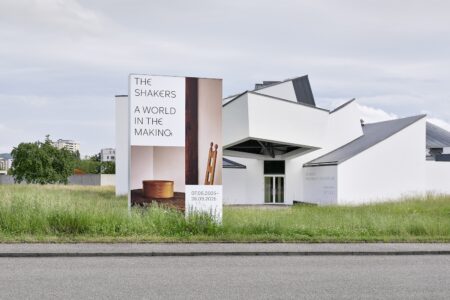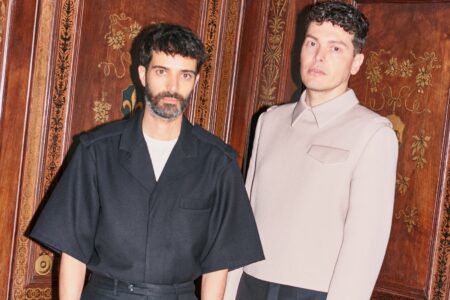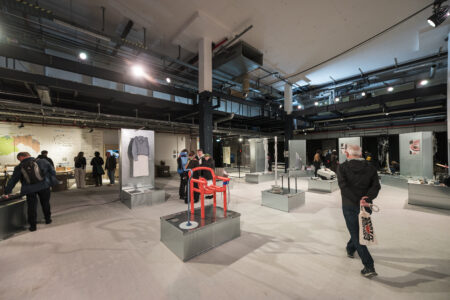Formafantasma on ‘Cambio’ and Practicing Change Through Design
Italian design duo and co-curators of TLmag’s next print edition, Formafantasma, re-evaluate our relationship with trees and poses a series of essential questions about design and sustainability in their latest exhibition ‘Cambio’.
We find ourselves in a time where we are quite literally forced to stand still and think about the things that have led up to this moment. In this united standstill, we’re finding new clarity towards how to communicate with one beyond conventional ways as well as newfound energy to understand how our choices and the actions beyond them influence not only the people around us but our entire environment. As we witness how pollution levels are reducing drastically and wild animals once again roam our urban environments, a question that arises in us is: what comes after this?
Even though Formafantasma’s (made up of designer Andrea Trimarchi and Simone Farresin) exhibition ‘Cambio’ was produced and exhibited before we knew these effects, and the physical exhibition at London’s Serpentine Gallery is closed until further notice, the exhibition and works pose essential questions about design and sustainability, and most pertinently, into what we can do to better understand the connection between the objects that we use and the conditions that they’re produced in.
‘Cambio’ is the newest extension of the design duo’s already decade-long practice dedicated to looking at design’s ecological and political responsibilities, as they investigate the extraction, production and distribution of wood products. The timber industry is now one of the largest in the world, using trees to create clothing, furniture, paper, fuels, fertilisers and much more. Throughout the exhibition, we see how its tentacular supply chain has grown out of the bioprospecting that took place throughout colonised territories during the 19th century, and, by ravaging these biodiverse and fragile ecosystems, has affected our entire biosphere.
By bringing together films, objects, artefacts, wood samples loaned by institutions around the world, maps made by indigenous communities in the Amazon and specially developed smells to evoke the wet earth and flora of a forest – the exhibition aim to question the role that design can play in translating emerging environmental awareness into informed, collaborative responses:
“Cambio is an attempt to expand our understanding of what design can be, going beyond the finished object in order to include its disciplinary boundaries: forest techniques and timber legislations then become tools for designing a better future for our forests; scientific knowledge goes hand-in-hand with environmental activism in fighting illegal logging and the equilibrium of trans-national geopolitics is redefined in the struggle between conservation and consumption’ (FormaFantasma)
The duo’s critical analysis and attitude to look at design beyond creating a “final” object is one that will surely be implemented in their next project as the new heads of Design Academy Eindhoven’s new ‘Geo-Design’ master’s programme as well as in their role as co-curators of our own magazine’s next print edition.
In this exciting collaboration, TLmag and Formafantasma will explore the ‘New Age of Humanism‘ that is being perceived in different praxis of design, aiming to understand how — in such fraught political times and during urgent environmental crises — designers, makers, artists and thinkers can contribute to this new age of humanism, and more critically, put it into practice.
In line with advice from Public Health England, the Serpentine Galleries are temporarily still closed — but in an effort for us to learn more about the exhibition, check out the 4-minute video attached in which FormaFantasma elaborates about the processes and investigations involved within ‘Cambio’ (see attached). You can also experience much of the exhibition online via the Serpentine Gallery’s profile on theBloomberg Connects app.
Cover Photo: René-Antoine Houasse, 1677 (Detail) Apollo Pursuing Daphne Oil on Canvas 158 x 121cm © the artist, collection, Palace of Versailles
